japanese pagoda tree edible
Styphnolobium japonicum commonly called Japanese pagoda tree or Chinese scholar tree is native to China and Korea but not Japan. Despite its name the Japanese pagoda tree is native to China and was introduced to Japan where it is commonly found on the grounds of Buddhist temples.
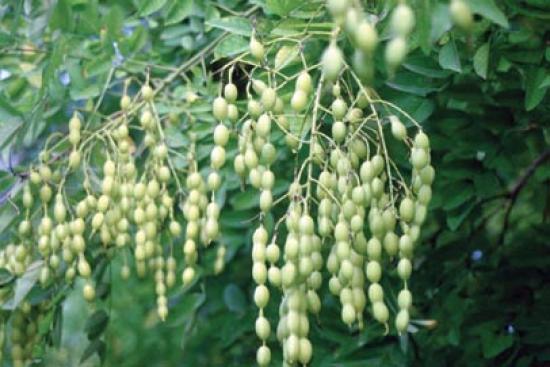
Japanese Pagoda Tree Scholar Tree Yale Nature Walk
The plant is important in traditional medicine and its leaves and flowers are edible.

. It is also an attractive plant. Donations have increased following recent appeals - thank you. Native perennial small tree or shrub reproducing by seed and colony-forming rhizomes.
It is a bit more cold-hardy than other Japanese maples. The Japanese pagoda tree Sophora japonica or Styphnolobium japonicum is a showy little shade tree. Tolerates drought Native range.
For more pagoda dogwood information including tips for pagoda dogwood care read on. Regular donations to enable us to keep going to maintain and further develop our free-to-use database of over 8000 edible and useful plants. Upright panicle fruit red and velvety when mature.
Drought Has fertility type. Sophora japonica commonly called Japanese pagoda tree or Chinese scholar tree is native to China and Korea but not Japan. You can eat the leaves but note that the young ones taste best.
Tolerant Has edible part. Flowers Leaves and Unknown part Has edible use. It is a medium to large deciduous tree that typically matures to 50-75 less frequently to 100 tall with a broad rounded crown.
The edible effects of Japanese Pagoda Tree Japanese Pagoda Trees Styphonlobium japonicum can cool blood and stop bleeding clear liver decrease internal heat anti-inflammatory anti-edema anti-ulcer lower blood pressure and other effects. Leaflets 11 to 35 elliptic to lanceolate serrated. Fluffy pyramidal panicles or clusters of creamy white-green fragrant.
Ad Discover Our Huge Online Selection Of Plants. The pagoda dogwood is hardy in the US. Japanese pagoda also known as Styphnolobium japonicum is a large deciduous tree native to China but cultivated in Japan for hundreds of years.
The plant is important in traditional medicine and its leaves and flowers are edible. Nature Hills Is Americas Largest Online Plant Nursery. Pagoda dogwood Cornus alternifolia is a large shrub or small tree for a garden or backyard.
The ovaries before the flowers open contain up to 40 rutin 218. Its upright growing habits can be single or multi-stemmed. Insects Has flowers of type.
A 10-30-10 is an excellent mix for flowering trees. Vigorous Has hardiness zone. Curly Dock Rumex Crispus People consider this a weed and youll find it in neglected areas like parking strips roadsides and overgrown lawns.
It is generally cultivated for its attractive compound foliage and fragrant. Are pagoda plants edible. Upright tall smooth noticeably jointed hollow between nodes reddish-purple mottling ocrea papery or membranous sheath at nodes.
Sophora japonica is a deciduous Tree growing to 20 m 65ft by 20 m 65ft at a fast rate. Styphnolobium japonicum commonly called Japanese pagoda tree or Chinese scholar tree is native to China and Korea but not Japan. Unknown use Rutin and Tea Has environmental tolerance.
The Japanese pagoda tree is often called the Chinese scholar tree. Despite its name the Japanese pagoda tree is native to China and was. Japanese pagoda tree Fabaceae legume family peas Styphnolobium affine.
Department of Agriculture plant hardiness zones 3 through 7. 5 Has lifecycle type. The emperor Japanese maple tree has dark nearly purple foliage during the growing season.
Hermaphrodite Has growth rate. It is an upright broad-spreading tree that grows as wide as it does tall forming a lacy canopy of dark green pinnate leaves. The Japanese pagoda tree is included in some significant Chinese legends and serves as a cultural and historical reference.
Polygonaceae - Smartweed or Buckwheat Family. It is a medium to large deciduous tree that typically matures to 50-75 less frequently to 100 tall with a broad rounded crown. Look for long pointed leaves with a wavy edge growing out of a central taproot.
An edible starch is obtained from the seed 183. Japanese Pagoda Tree Has drought tolerance. 5 Has lifecycle type.
- but we still need at least 1000 or. Introduced perennial reproducing by seed and extensive rhizomes. While some parts of the pagoda tree are edible the peas are toxic and should not be consumed.
As the official tree of Beijing China it demonstrates the common theme of aesthetic beauty shared between East and West. Shop By Type Color Zone More. The foliage on this deciduous tree turns a brilliant yellow in autumn.
Ships in 1-2 days. Upright woody dense velvety hairs. It is generally cultivated for its attractive compound foliage and fragrant late.

Sophora Styphnolobium Japonica Japanese Pagodatree Scholar Tree Plant Database University Of Connecticut

Japanese Pagoda Tree Styphnolobium Japonicum Garden Org
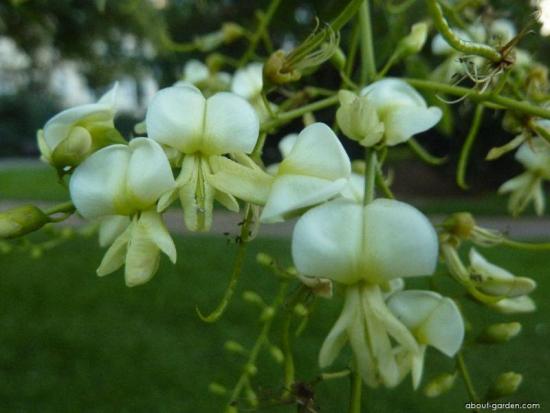
Japanese Pagoda Tree Scholar Tree Yale Nature Walk
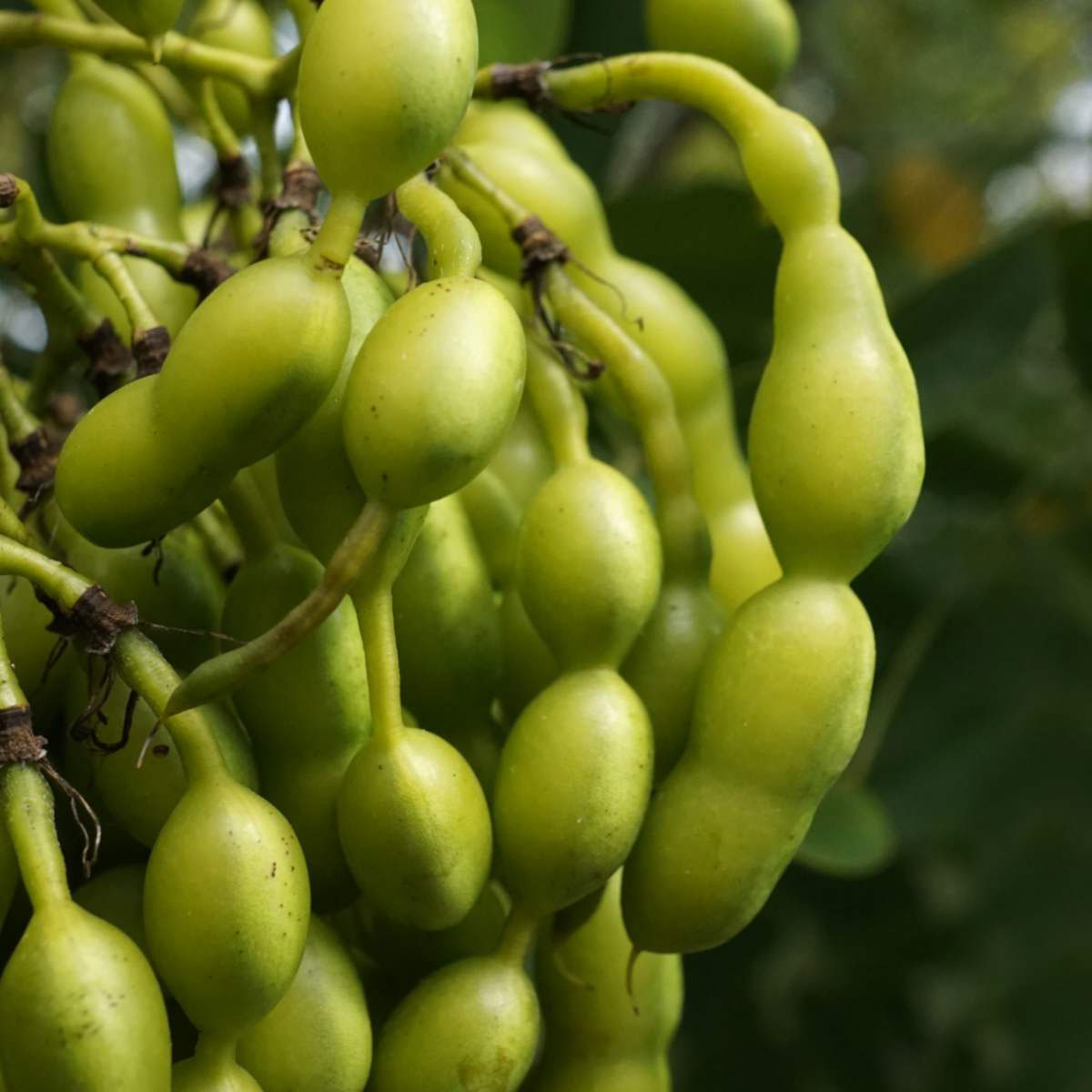
Pagoda Tree Facts And Health Benefits
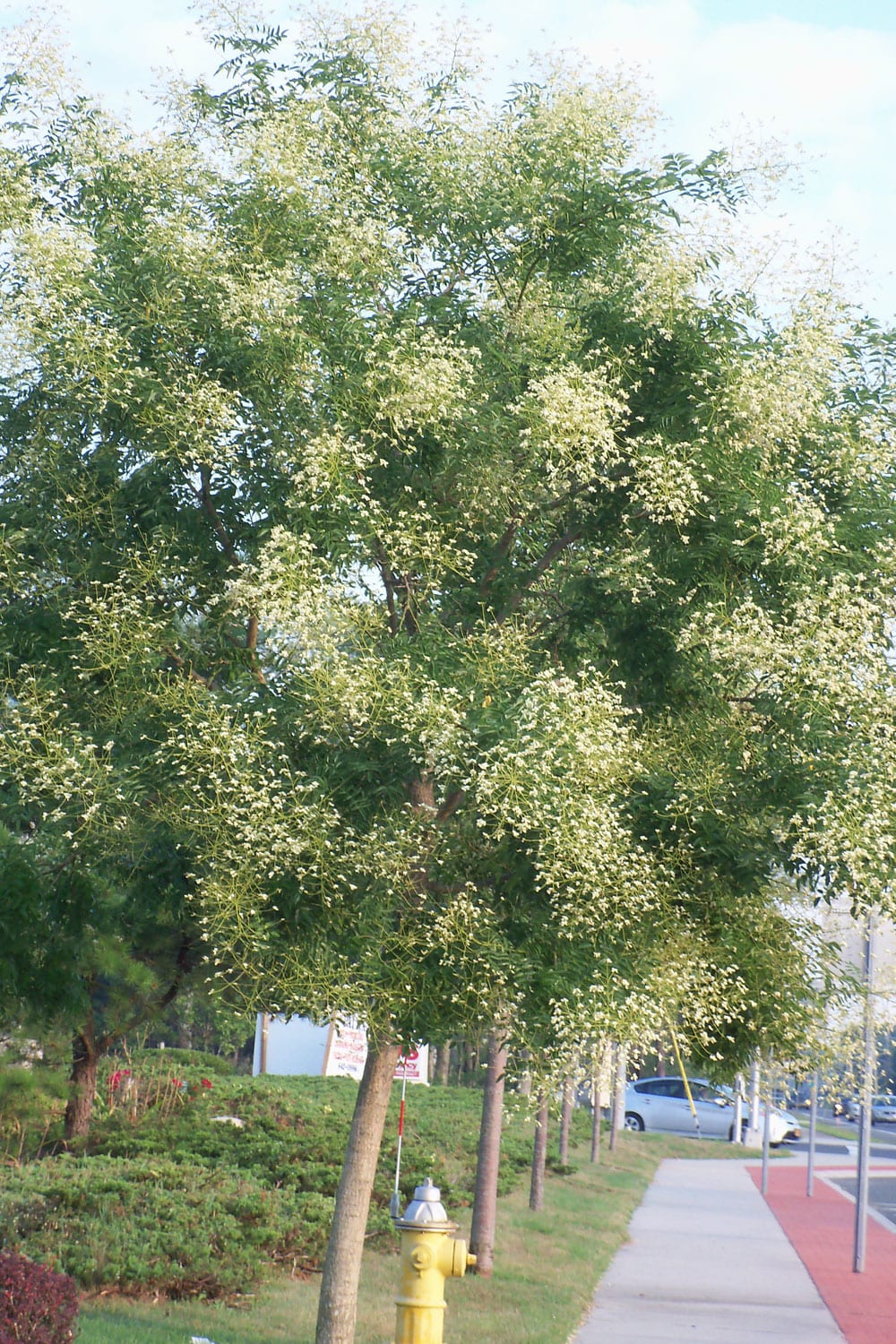
The Japanese Pagoda A Late Summer Flowering Tree Tbr News Media

Sophora Japonica Huai Hua Mi Proven Herbal Remedies

The Japanese Pagoda A Late Summer Flowering Tree Tbr News Media
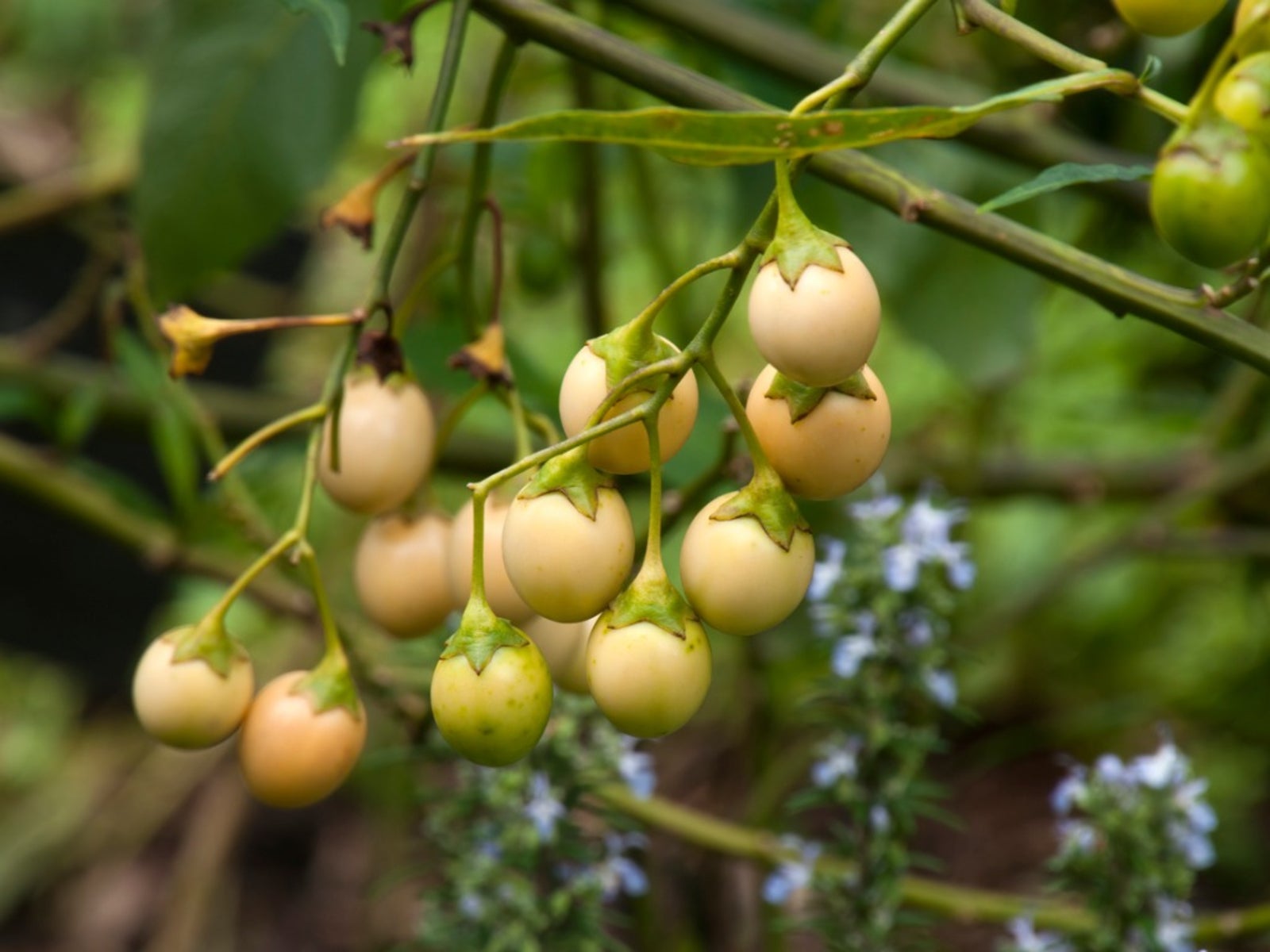
Propagating Kangaroo Apple Learn About Kangaroo Apple Plants

What Is Sophora Japonica Learn About Japanese Pagoda Tree Care
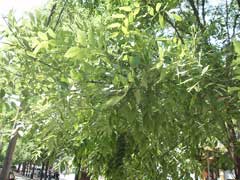
Sophora Japonica Japanese Pagoda Tree Scholar Tree Pfaf Plant Database
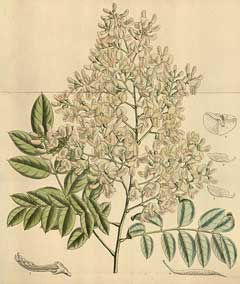
Sophora Japonica Japanese Pagoda Tree Scholar Tree Pfaf Plant Database
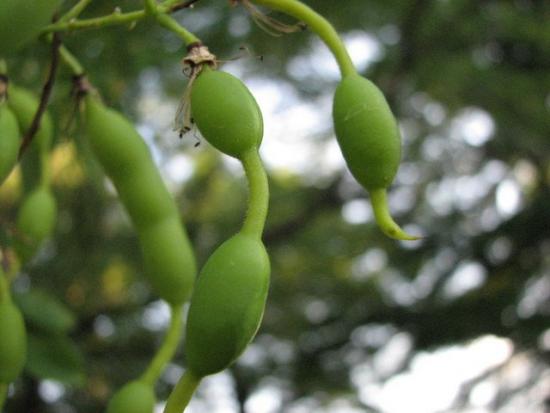
Japanese Pagoda Tree Scholar Tree Yale Nature Walk
Japanese Pagoda Tree Becoming Popular In U S Cities What Grows There Hugh Conlon Horticulturalist Professor Lecturer And Gardener
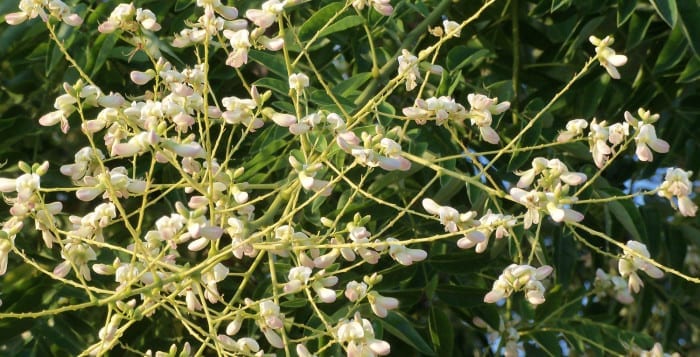
The Japanese Pagoda A Late Summer Flowering Tree Tbr News Media

Japanese Pagoda Tree Scholar Tree Yale Nature Walk
Japanese Pagoda Tree Sophora Japonica Also Styphnolobium Japonicum
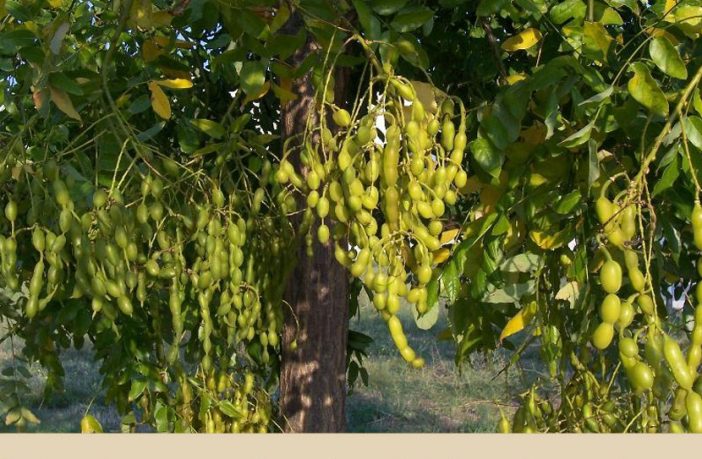
Pagoda Tree Facts And Health Benefits

Styphnolobium Japonicum Tree Seeds Japanese Pagoda Tree Seeds For Sale Tree Seeds Shrub Seeds Flower Seeds Vine Seeds Herb Seeds Grass Seeds Vegetable Seeds
Japanese Pagoda Tree Becoming Popular In U S Cities What Grows There Hugh Conlon Horticulturalist Professor Lecturer And Gardener